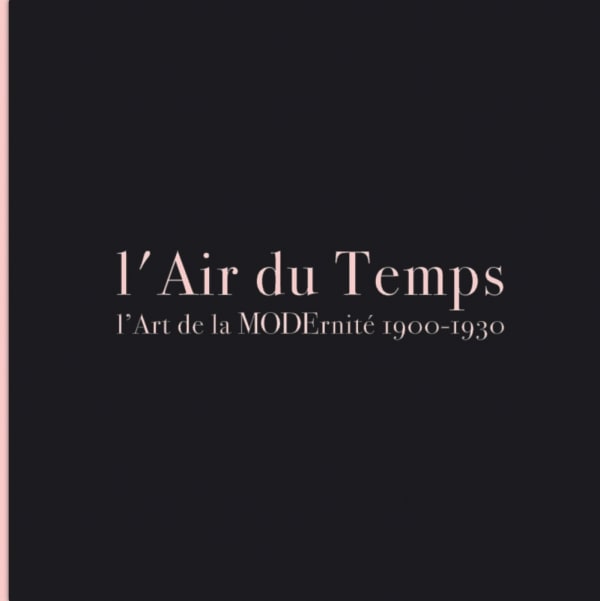Pablo Picasso Spanish, 1881-1973
Pablo Picasso, was a Spanish multi-disciplinary artist. Painter, sculptor, ceramist and printmaker, he is considered to be one of the most important artist of the 20th century. He co-founded Cubism and invented the techniques of constructed sculpture and collage.
Born in Malaga with an artist father, Pablo Picasso achieves hi first oil on canvas at the age of 8, he studied at the Barcelona school of Fine-Arts from 1895 where he associates with the bohemian and artistic crowd at the cabaret Els quatre gats (The four cats). This is where he meets two of his dearest friends, the painter Carlos Casagemas and the poet Jaime Sabartès.
From 1900 until 1905, Picasso comes and goes between Paris and Barcelona for short or long stays, meanwhile the material and moral misery he experiences added to the suicide of Casagamas in February 1901 nourish the themes of his Blue period (1901-1904) influenced by Henri de Toulouse-Lautrec, the Nabis and the great Spanish Masters.
Picasso settles for good in the French capital and soon discovers the fair and circus world that inspire many of the compositions in shades of pink (1904-06). Immensely curious and open to all innovative approaches, he takes an interest in primitivism and African Art, the angular figures of which, contributed to the emergence of his first proto-cubists works (Les Demoiselles d’Avignon, 1907) as well as the work of Paul Cézanne, whose geometrical construction of space and volumes was an inspiration for many young innovative artists on the occasion of the great Cézanne retrospective held the same year at the Salon d’Automne. Cézanne’s famous words in his letter to Emil Bernard: “deal with nature by means of the Cylinder, the sphere and the cone”, played a major role in the development of Cubism.
In collaboration with Georges Braque, Picasso pushes Cezanne’s approach to shapes, analyzing and deconstructing objects in simplified elements in order to show their geometrical aspect, he goes so far as to juxtapose and lay flat the diverse sides of an object on the canvas. The deconstruction of this analytical cubism, is favorable to the creation of paintings close to abstraction that lean towards monochrome.
Consequently and in order to re-create some link with reality, we can witness the progressive apparition of signs such as letters or numbers and recurring objects (violin pieces, guitars, fake wood), the reintroduction of color and, from 1912, the use of paper and objects glued directly on the canvas all the while keeping the flat and two-dimensional conception. From that point on Picasso’s technique evolved into what is called synthetic cubism.
Following his acquaintance with Sergei Diaghilev in Rome in 1916, Picasso creates the set decor for the Russian Ballets (Erik Satie's Parade in 1917, de Falla’s The Three-Cornered Hat in 1919, Stravinsky’s Pulcinella in 1920). His visits to Pompei in 1917 is probably not innocent in Picasso’s new monumental creating phase where modernity and Antiquity inspired neo-classical figuration coexist.
In 1925, a spirit of surrealism suddenly appears in a number of Picasso’s canvases as well as in his iron sculptures, born from his collaboration with Catalan sculptor Julio González. Picasso also multiplies experiments in the domain of ceramic, drawing and gouache.
In the 1930’s, dominated by the worldwide masterpiece Guernica (1937), Picasso gave free reins to a thematic freed by surrealism and the emergence of psychoanalysis: erotic fantasies, torn apart bodies, violence, bullfighting.
After 1945, Picasso creates endlessly, using the most diverse techniques, happily, freely and with great liveliness, he draws tirelessly from the large repertoire of his multifaceted art until the end of his life.



